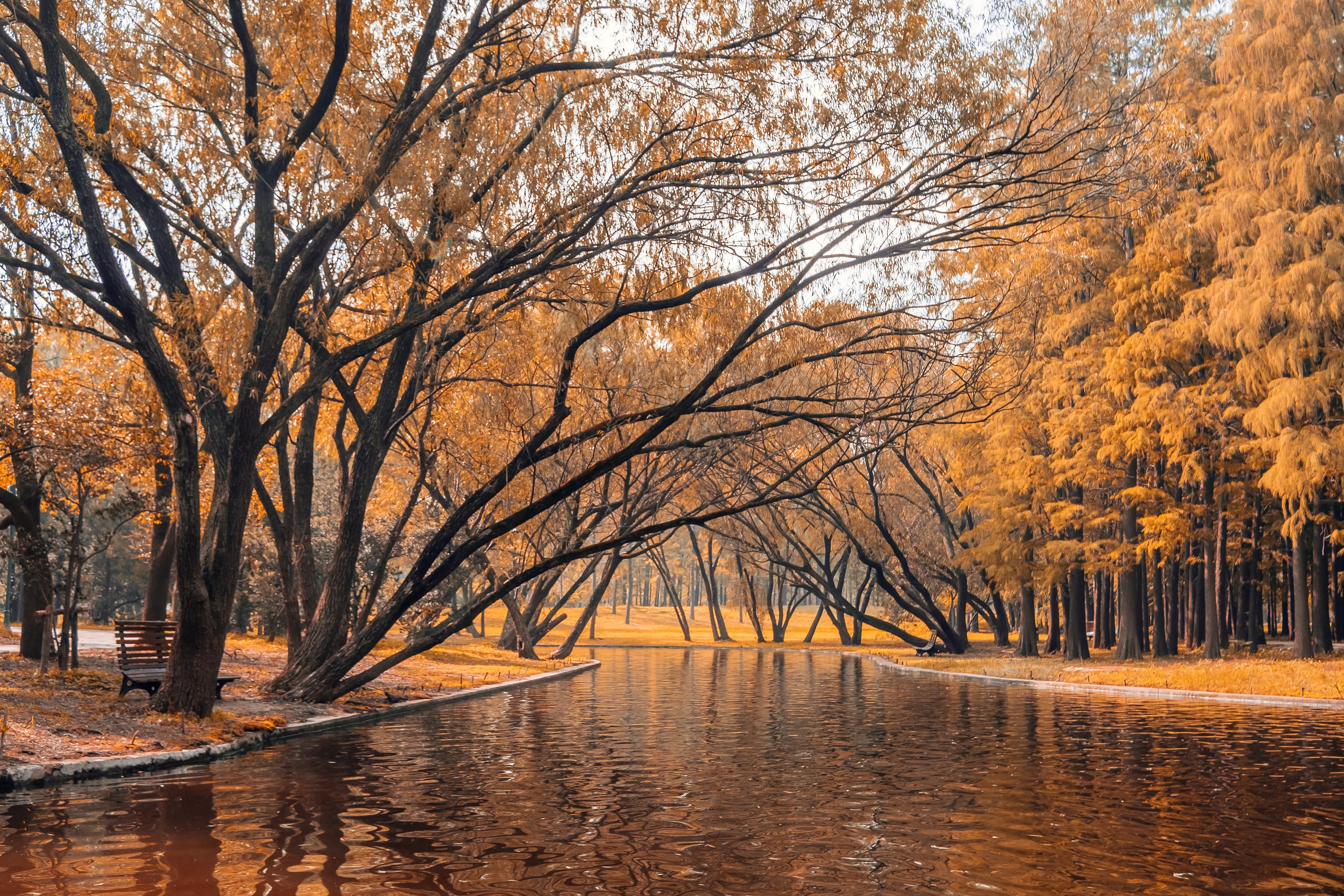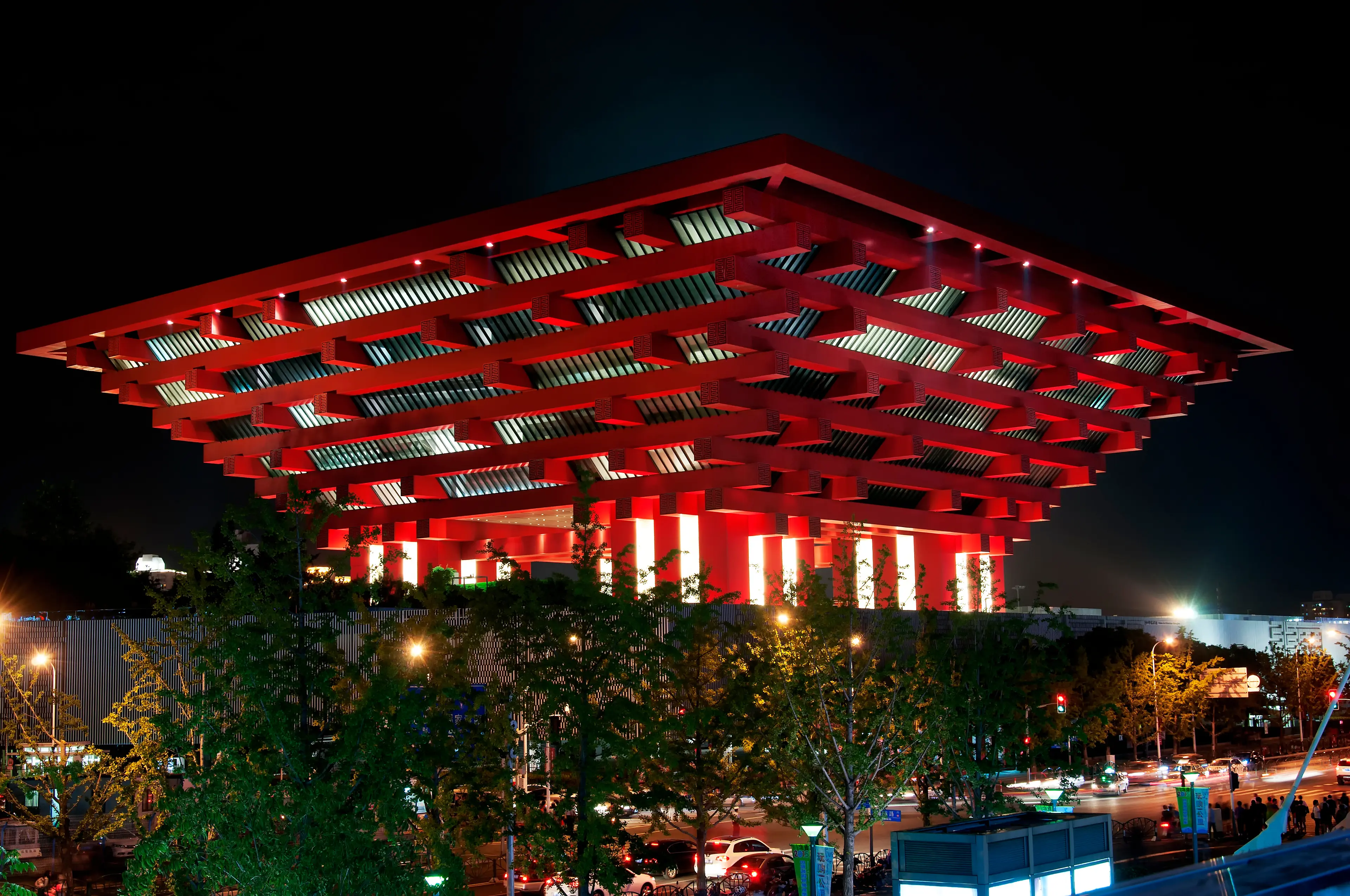3-Day Family Food & Wine Adventure: Unexplored Shanghai Itinerary
Shanghai, China
3 days
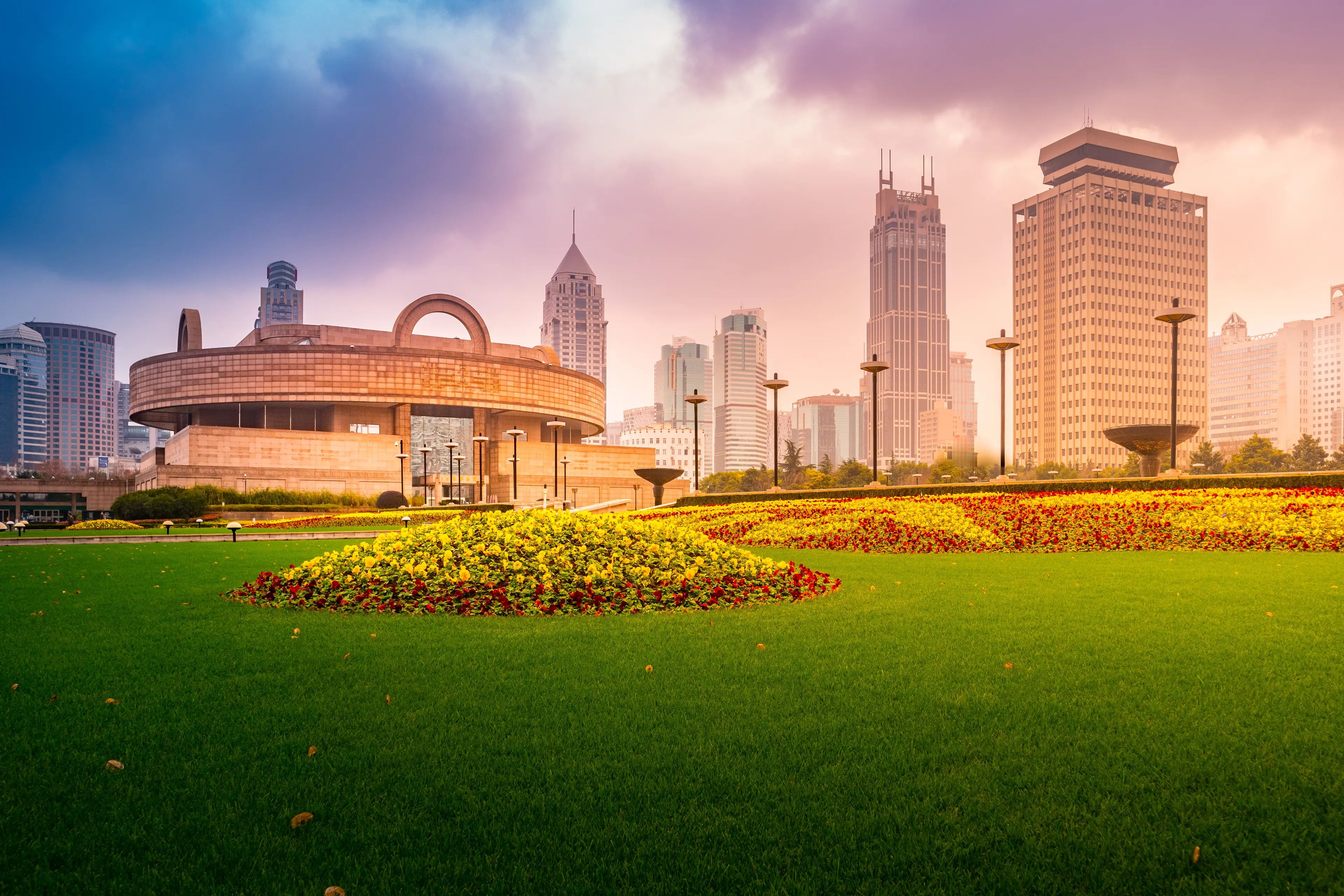
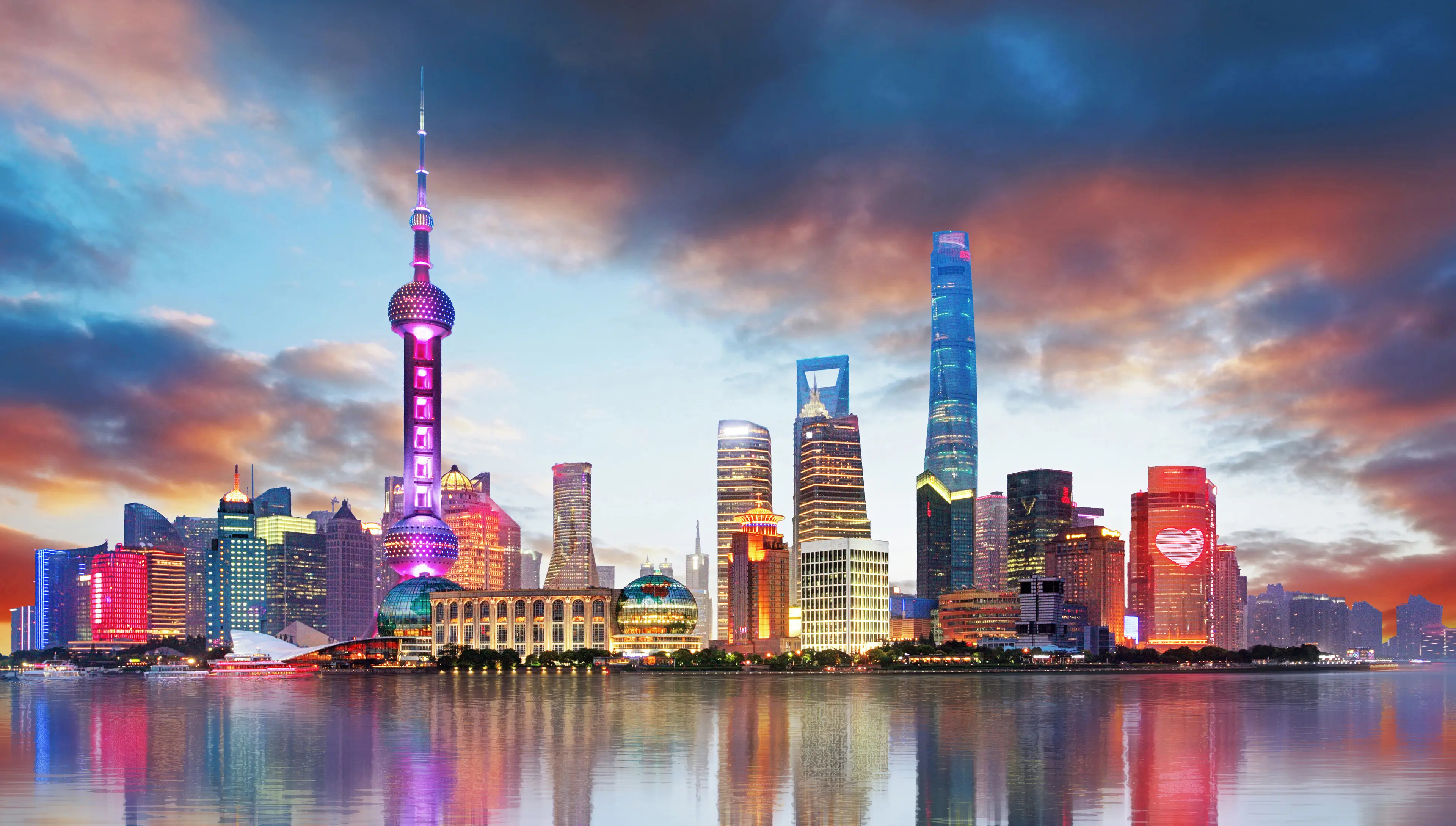
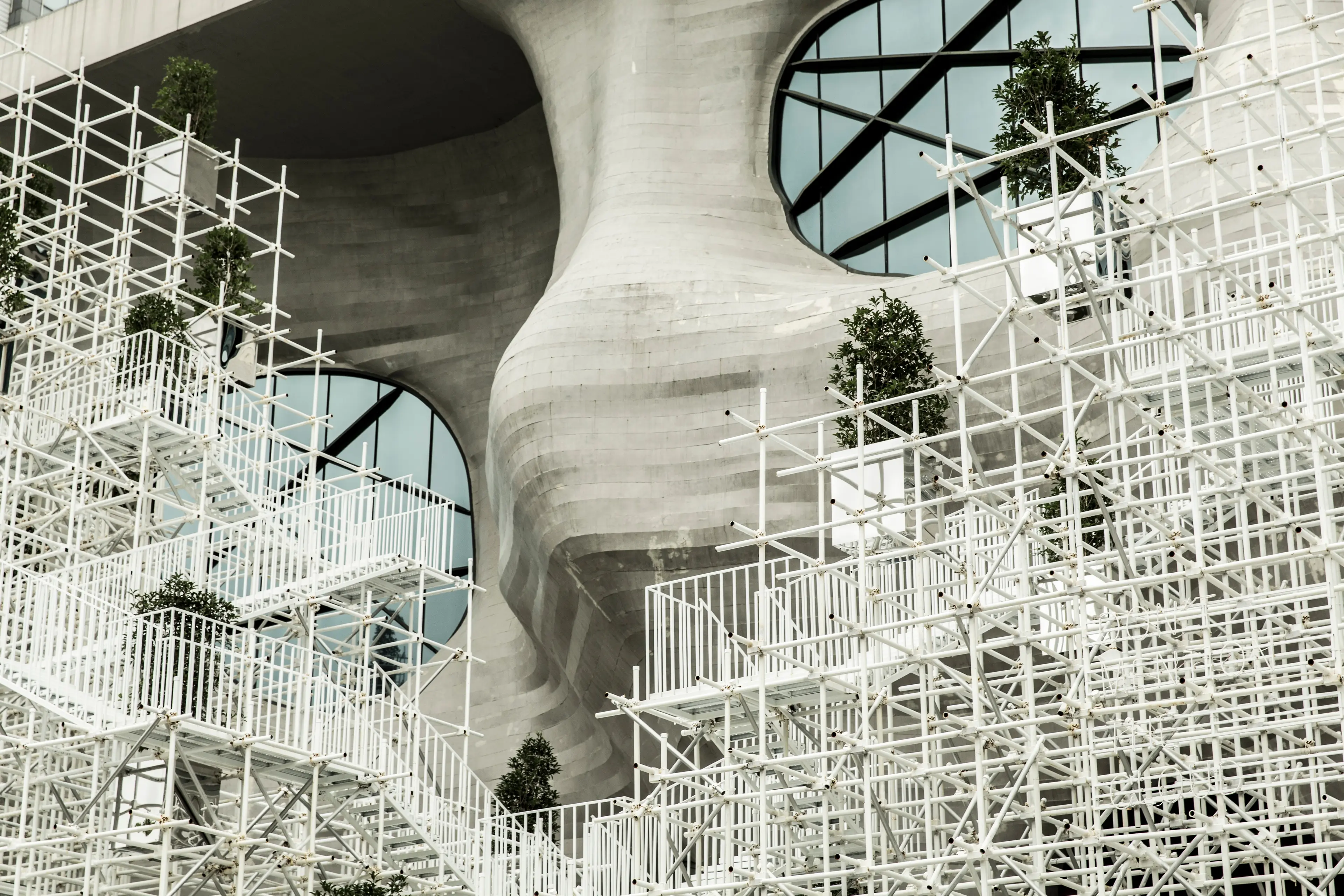
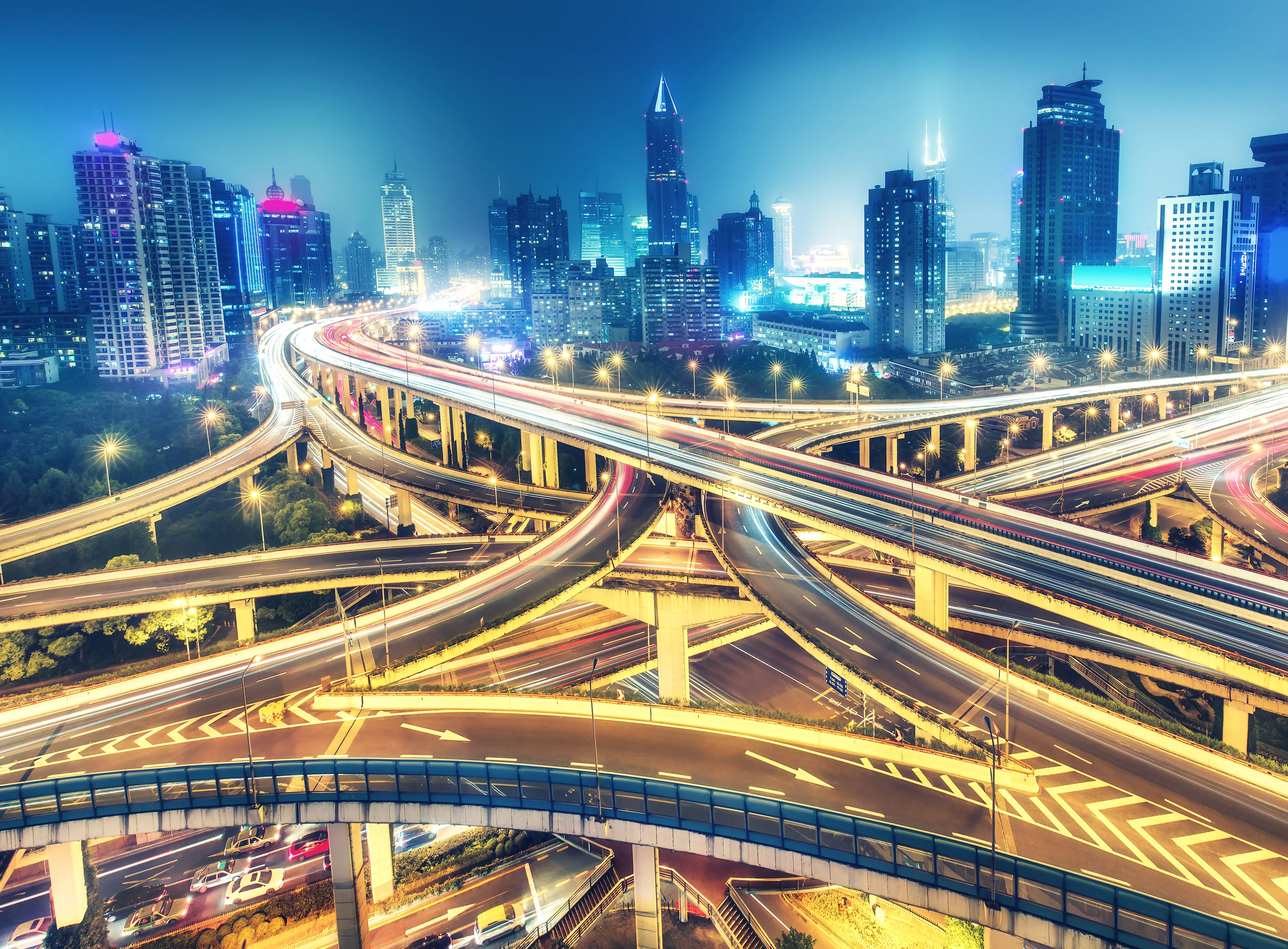
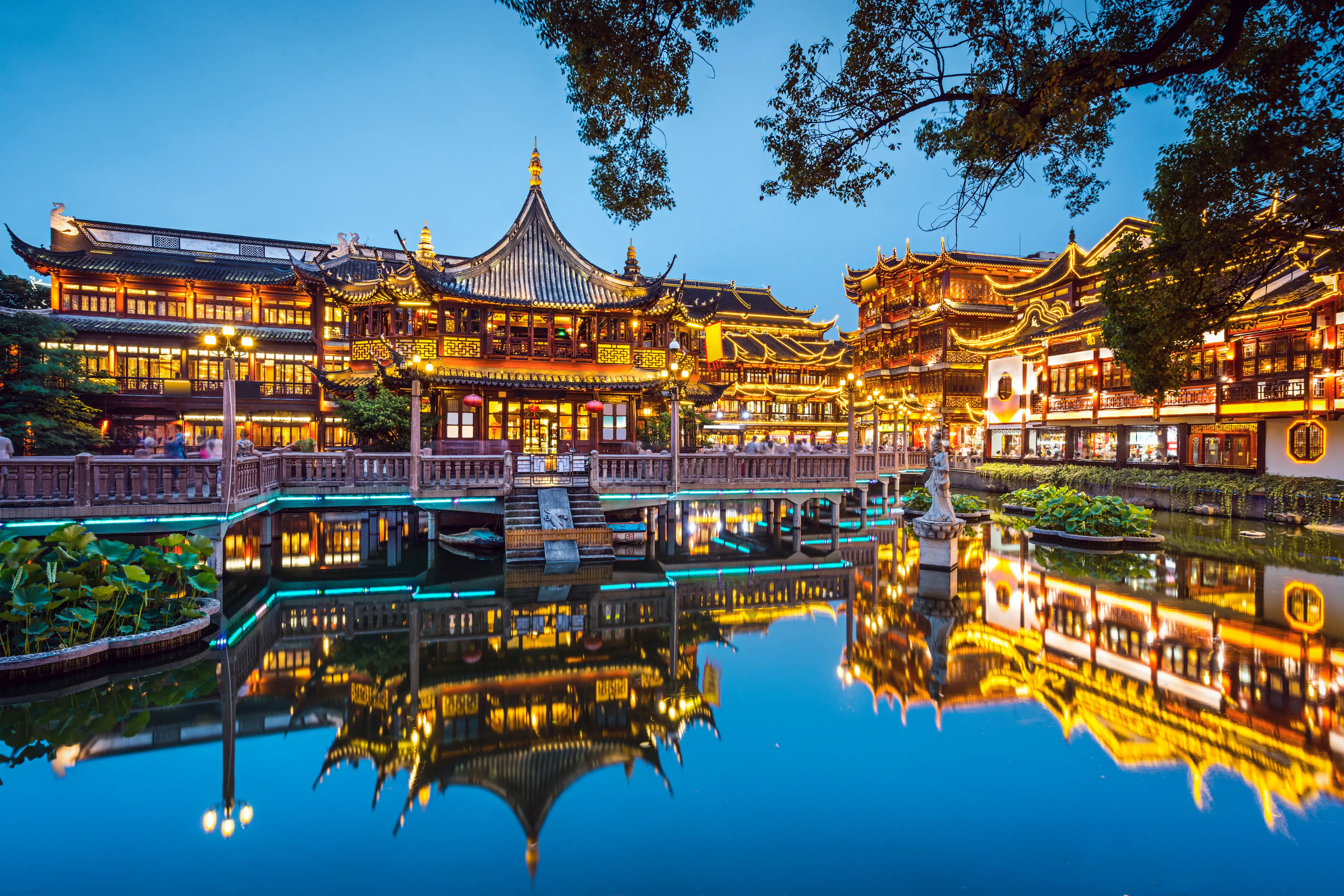
About Shanghai, China
Experience the vibrant fusion of tradition and modernity in Shanghai, China's largest city. Marvel at the towering skyscrapers in Pudong, including the iconic Oriental Pearl Tower, or stroll along the Bund, a waterfront promenade offering stunning views of the city's skyline. Explore the ancient Yuyuan Garden, a tranquil oasis amidst the bustling city, and visit the Jade Buddha Temple, a testament to Shanghai's rich spiritual heritage. Indulge in local delicacies like Xiaolongbao and Peking Duck, and shop for unique souvenirs in Nanjing Road, China's premier shopping street. With its rich history, diverse culture, and dynamic urban life, Shanghai offers an unforgettable travel experience. Whether you're a history buff, a foodie, or a shopaholic, Shanghai has something for everyone.
3-Day Itinerary
Day 2
Discovering Shanghai's Urban Life
Morning
Visit the Shanghai Urban Planning Exhibition Center, where you can learn about the city's past, present, and future through interactive exhibits.
Lunch
Have lunch at a local restaurant. Try the famous Shanghai hairy crab.
Afternoon
Explore the Tianzifang, a labyrinth of narrow alleyways filled with boutiques, galleries, and cafes.
Dinner
Enjoy a dinner at a local restaurant. Try the local seafood dishes.
Evening
Watch a traditional Chinese opera performance at a local theater.
Day 3
Immersing in Traditional Chinese Culture
Morning
Visit the Shanghai Museum, home to a vast collection of Chinese artifacts.
Lunch
Have lunch at a local restaurant. Try the famous Shanghai noodles.
Afternoon
Explore the Yuyuan Garden, a beautiful classical Chinese garden.
Dinner
Enjoy a dinner at a local restaurant. Try the local hot pot.
Evening
End your trip with a visit to the Oriental Pearl TV Tower, where you can enjoy panoramic views of the city.
Attractions in Itinerary (8)

1Moganshan Road Art District
Moganshan Road Art District, also known as M50, is a contemporary art district in Shanghai that houses a community of more than a hundred artists whose studios are open to the public. It is often compared with New York's SoHo and Beijing's 798 Art Zone.

2Shanghai Propaganda Poster Art Centre
A unique museum housing a vast collection of propaganda art from the Maoist era of China.

3The Bund
A waterfront area in central Shanghai, The Bund is a symbol of the city and a great place to admire the skyline, including many colonial-era buildings.

4Shanghai Urban Planning Exhibition Center
The Shanghai Urban Planning Exhibition Center is a six-story building, with two basement levels, that displays Shanghai's urban planning and development. Exhibits include models of planned and recent developments, as well as Shanghai's history. It also has a large scale model of the entirety of urban Shanghai, showing existing buildings and approved future buildings.

5Tianzifang
A popular tourist spot known for its labyrinth of narrow alleys, traditional shikumen houses, and numerous shops and cafes.

6Shanghai Museum
A museum of ancient Chinese art, the Shanghai Museum houses a collection of over 120,000 pieces, including bronze, ceramics, calligraphy, furniture, jades, ancient coins, paintings, seals, sculptures, minority art and foreign art.

7Yuyuan Garden
A classical Chinese garden featuring beautiful landscapes, pavilions, ponds, and rockeries.

8Oriental Pearl TV Tower
One of the tallest TV and radio towers in the world, offering panoramic views of Shanghai.
Local Food and Drinks (12)

Xiaolongbao
These are Shanghai's famous soup dumplings filled with pork and a rich broth. They are a must-try for any food lover visiting Shanghai.

Shengjian Mantou
These are pan-fried buns filled with pork and gelatin that melts into soup when cooked. They are a popular breakfast item in Shanghai.

Scallion Oil Noodles
This is a simple yet flavorful dish made with noodles tossed in scallion oil and soy sauce. It's a staple in Shanghai's local cuisine.
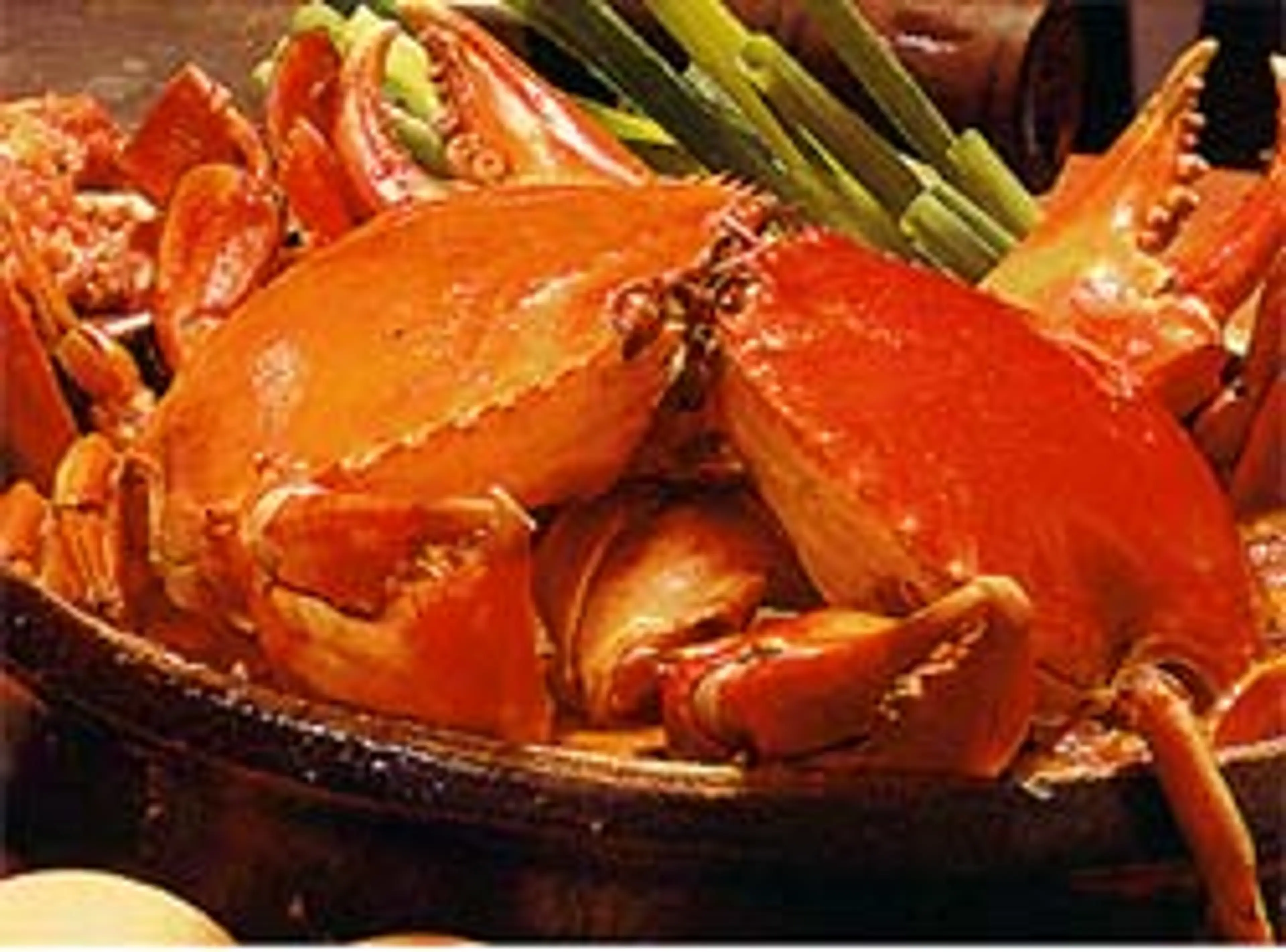
Da Zha Xie
This is a seasonal delicacy in Shanghai, usually eaten in the autumn. It's steamed crab, often served with vinegar and ginger.
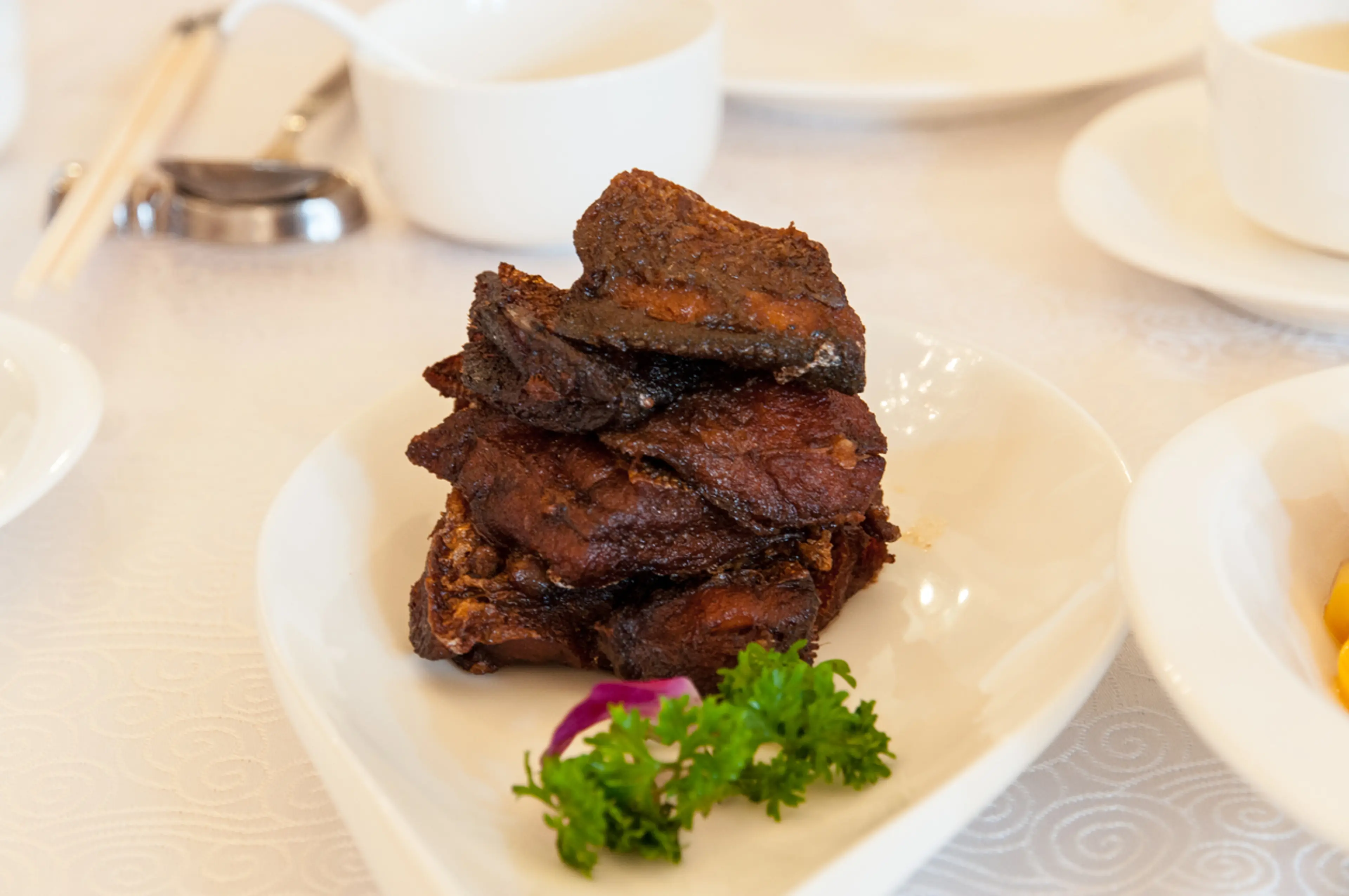
Shanghai Smoked Fish
Despite its name, this dish is actually sweet and savory, not smoky. It's a traditional dish often served during Chinese New Year in Shanghai.
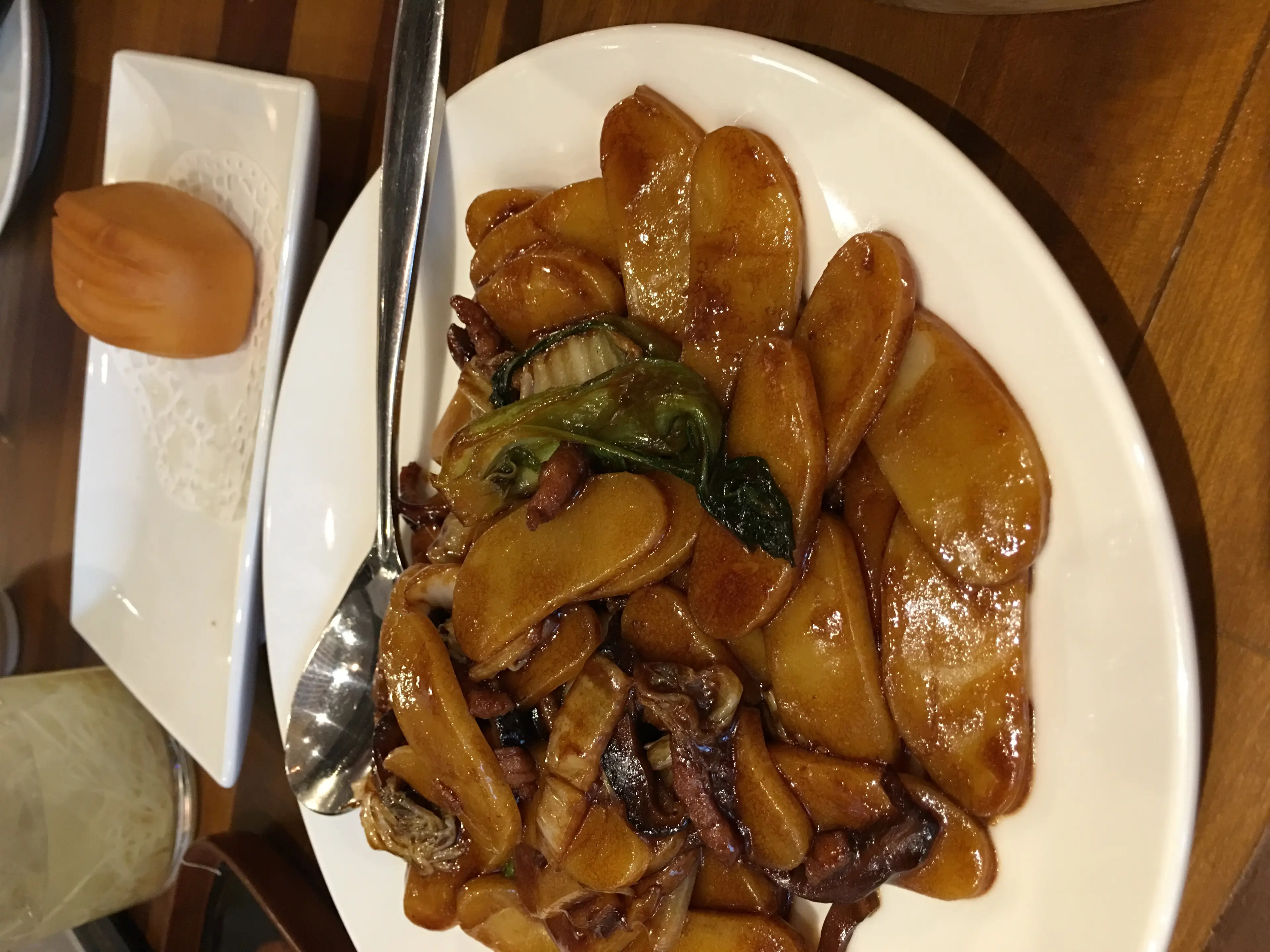
Stir-fried Rice Cakes
This is a classic Shanghai dish made with chewy rice cakes stir-fried with vegetables and meat.
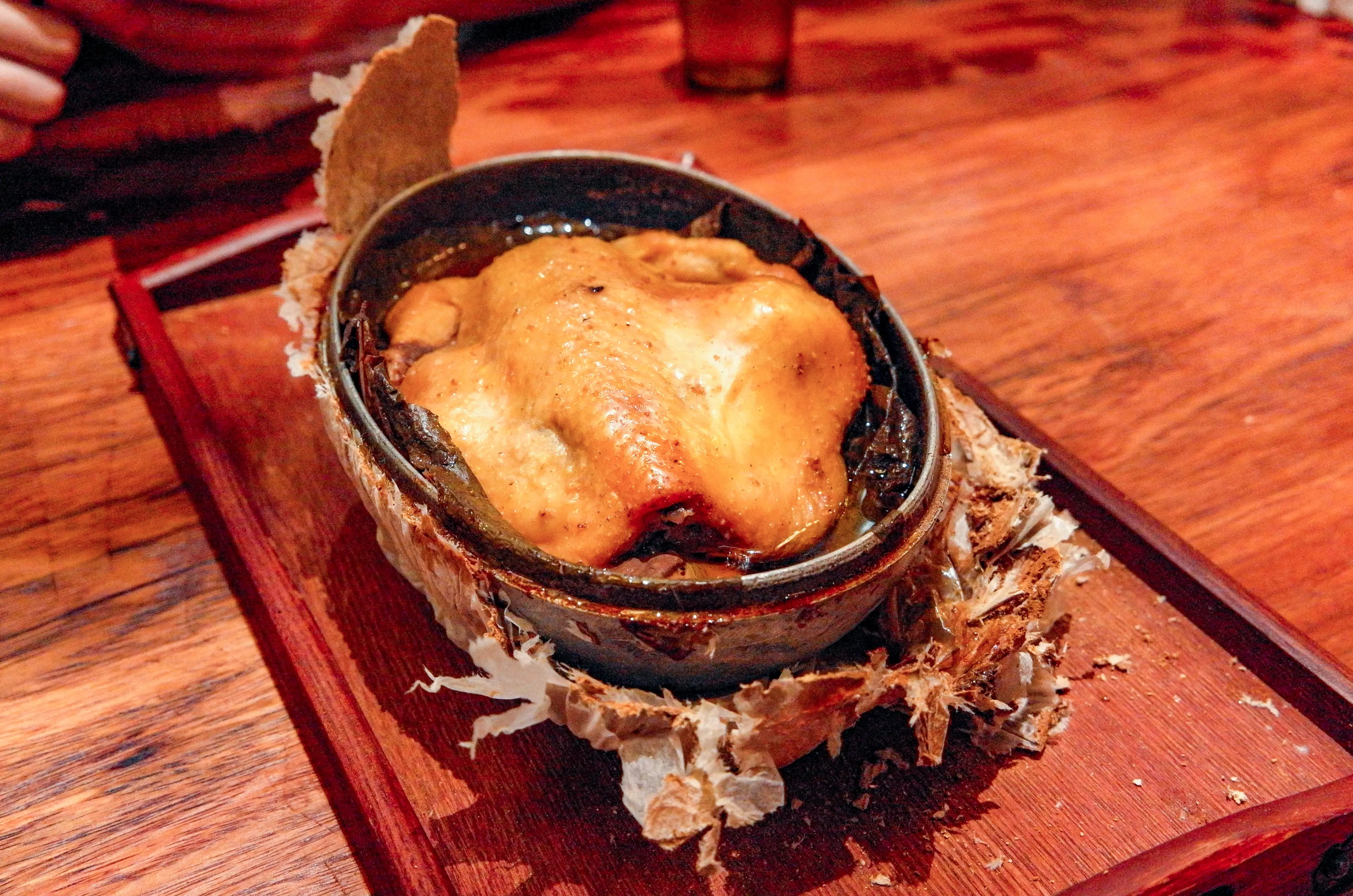
Beggar's Chicken
This is a traditional dish where a whole chicken is stuffed, wrapped in lotus leaves and clay, and then baked. It's a speciality of Shanghai.

Chinese Hotpot
This is a popular communal dining experience in Shanghai where diners cook their own food in a simmering pot of broth.
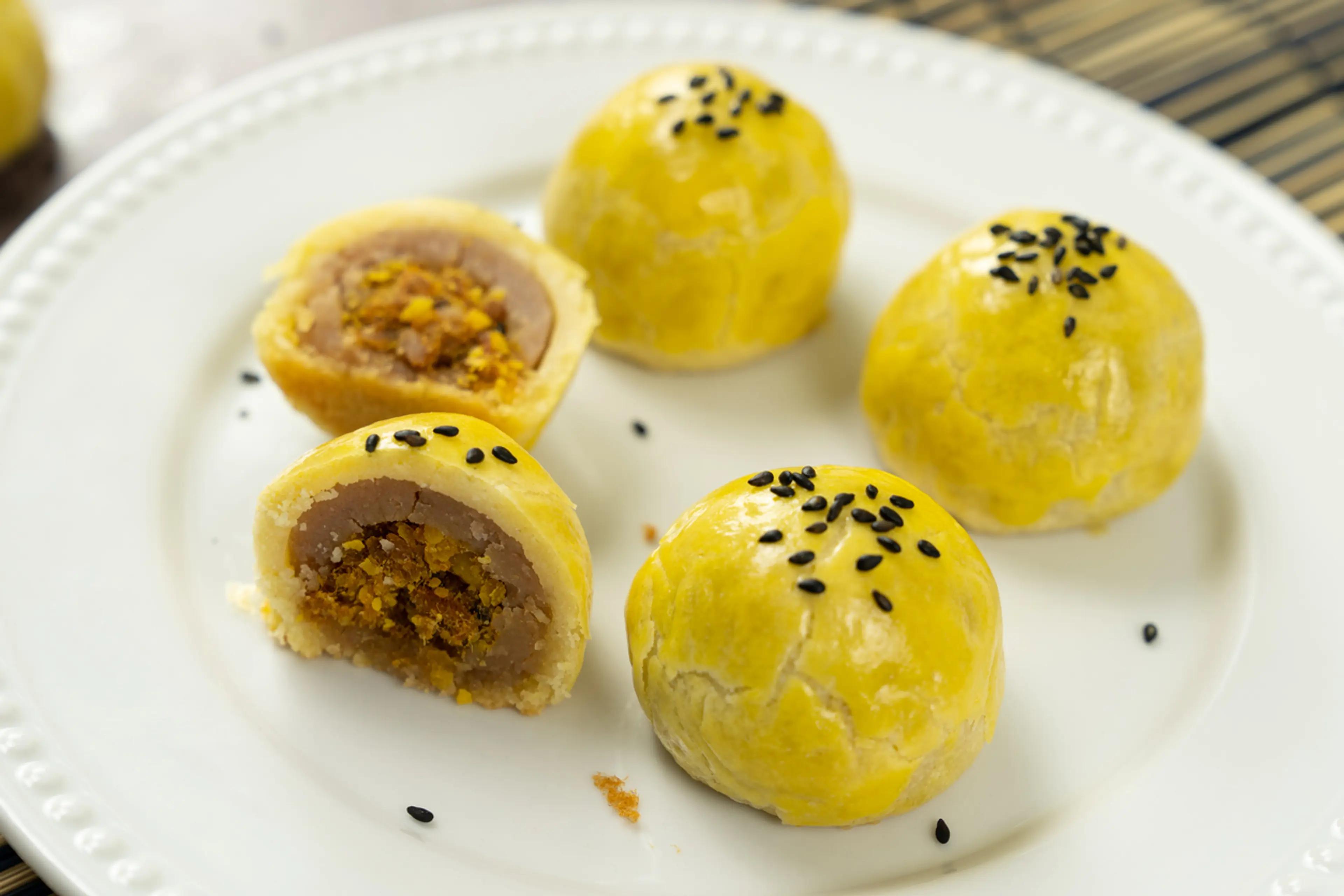
Shanghai Mooncake
These are traditional pastries filled with sweet or savory fillings. They are typically eaten during the Mid-Autumn Festival in Shanghai.
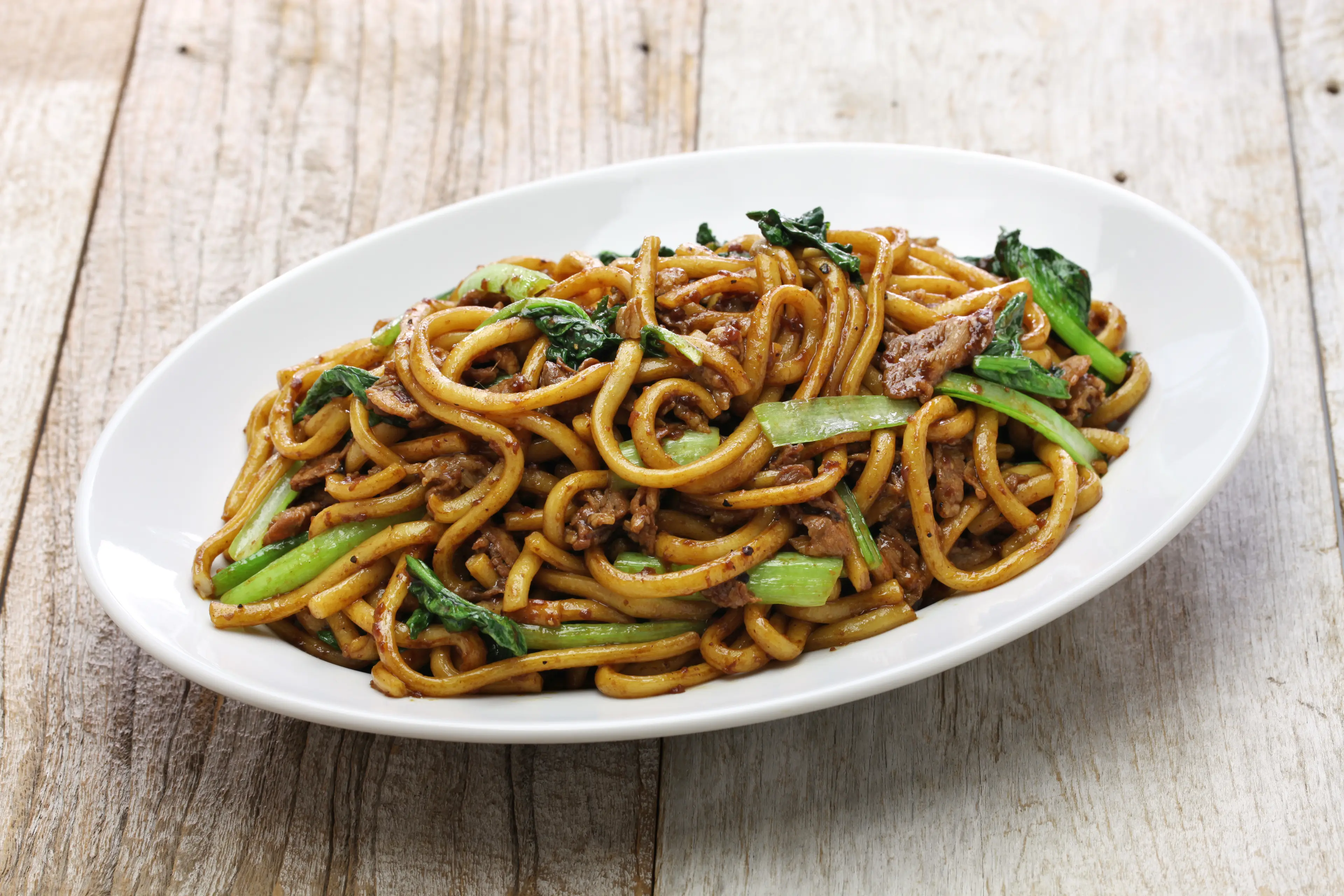
Shanghai Fried Noodles
This is a popular dish in Shanghai made with thick, chewy noodles stir-fried with meat and vegetables.
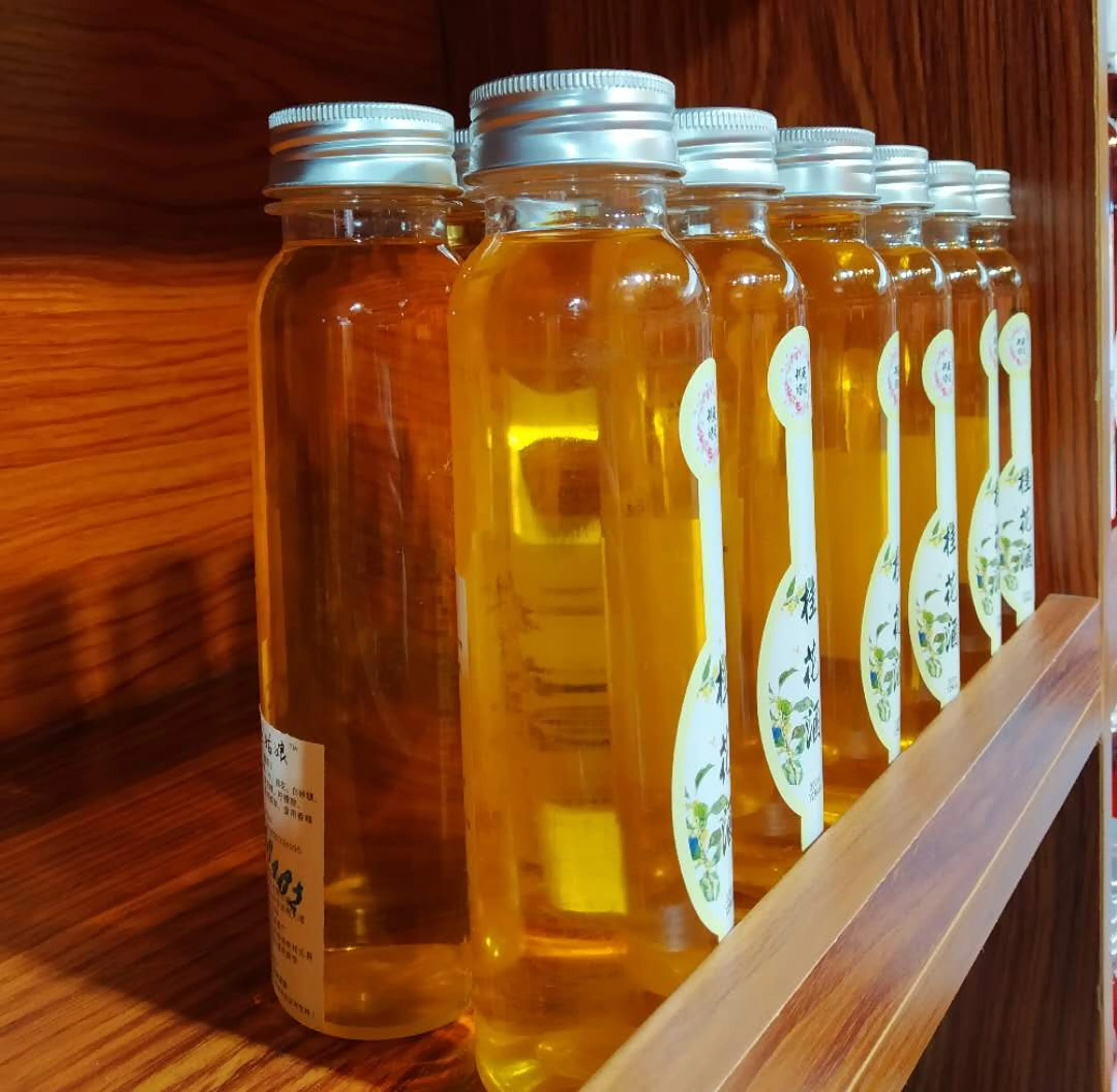
Sweet Osmanthus Wine
This is a sweet, fragrant wine made from osmanthus flowers. It's a traditional drink in Shanghai, often served during special occasions.
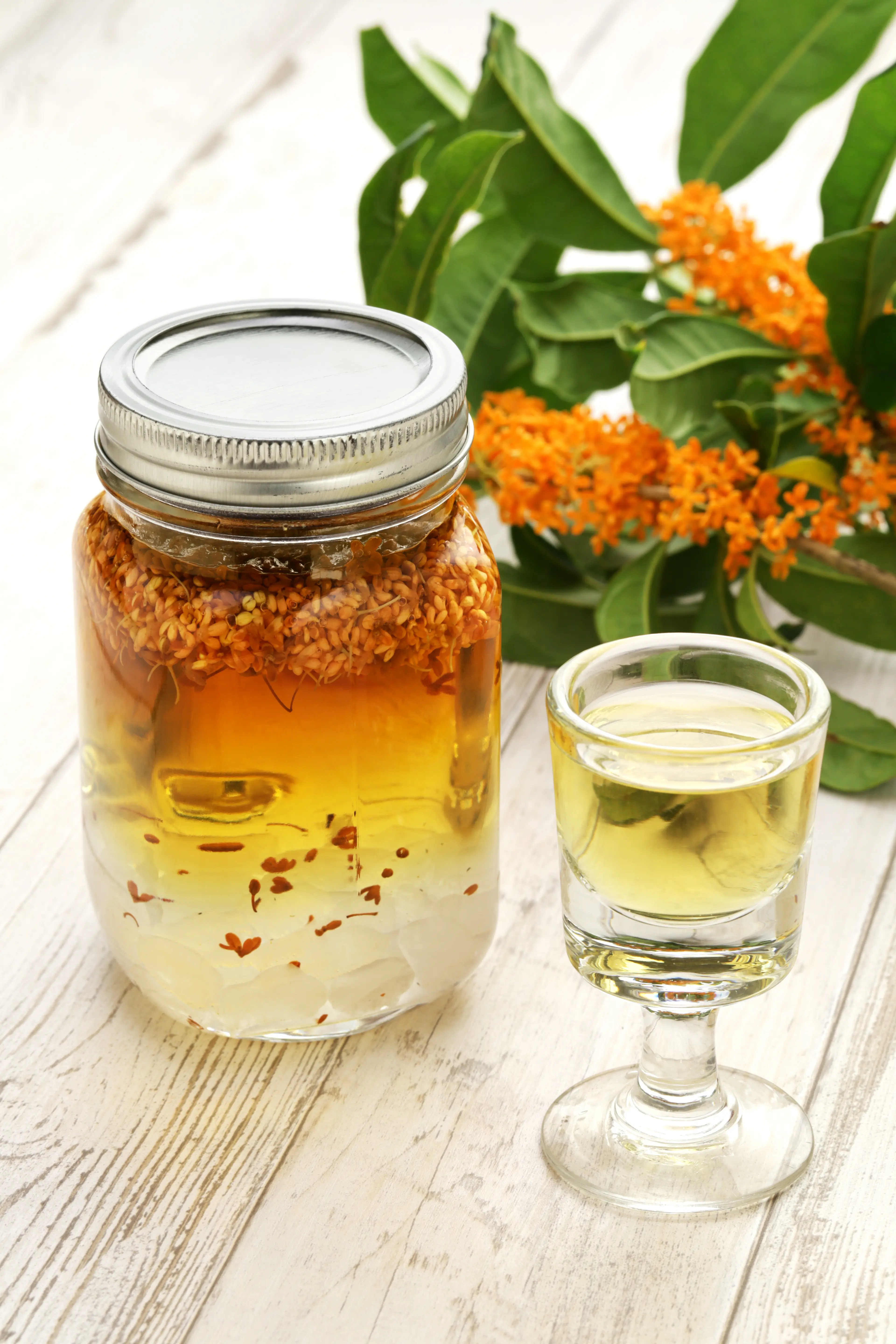
Yellow Wine
Also known as Huangjiu, this is a traditional Chinese wine made from rice. It's a popular drink in Shanghai and is often used in cooking as well.
Best time to visit
The best time to visit Shanghai, China is during the spring (March to May) and autumn (September to November). During these periods, the weather is comfortable and suitable for outdoor activities. Spring is characterized by blooming flowers and a vibrant city, while autumn offers clear skies and pleasant temperatures. However, it's worth noting that these are also peak tourist seasons, so popular attractions may be crowded.
How to get around
Shanghai Metro
Shanghai's metro system is one of the most extensive in the world, with 16 lines and over 400 stations. It's a fast, efficient, and affordable way to get around the city. English signage and announcements are available.
Bus
Shanghai has an extensive bus network that covers the entire city. It's a cheaper option than the metro, but can be slower due to traffic. English route information may not always be available.
Taxi
Taxis are plentiful and relatively inexpensive in Shanghai. They can be hailed on the street or booked through a hotel. Most drivers do not speak English, so it's helpful to have your destination written in Chinese.
Ridesharing
Shanghai has several ridesharing services, including Didi Chuxing, which is similar to Uber. The app is in English and you can input your destination in English. It's a convenient and affordable way to get around, especially if you're unfamiliar with the city.
Bicycle
Shanghai is a bike-friendly city with dedicated bike lanes on many streets. There are several bike-sharing programs, such as Mobike and Ofo, where you can rent a bike using a smartphone app.
Maglev Train
The Shanghai Maglev Train is a magnetic levitation train that runs between Pudong International Airport and Longyang Road Station. It's the fastest commercial train in the world, reaching speeds of up to 431 km/h.
Ferry
Shanghai's ferry system is a convenient and scenic way to cross the Huangpu River. There are several routes, including ones that connect the Bund and Pudong.
Tram
Shanghai has a modern tram system that operates in certain districts like Zhangjiang Hi-Tech Park and Songjiang. It's a comfortable and efficient way to travel within these areas.
Pedestrian
Shanghai is a walkable city, especially in areas like the Bund, Nanjing Road, and the French Concession. Walking is a great way to explore the city at your own pace and take in the sights.
Sightseeing Bus
Shanghai offers several sightseeing bus routes that cover major tourist attractions. These double-decker buses offer hop-on, hop-off service, making it a convenient option for sightseeing.
Important information
Currency RMB
Time zoneUTC+8
Driving sideRight
Emergency phoneAmbulance: 120; Fire: 119; Police: 110, 122 (traffic accident)
Drinking waterOpt for bottled water
Power sockets
Voltage220 V
Things to know about Shanghai, China as a first time visitor
1
Shanghai is a bustling metropolis, so be prepared for large crowds, especially during peak hours.
2
The official language is Mandarin, but the local dialect is Shanghainese. English is not widely spoken, so it may be helpful to learn a few basic phrases in Mandarin.
3
The currency used in Shanghai is the Chinese Yuan (CNY). Credit cards are accepted in most places, but it's always good to have some cash on hand.
4
Shanghai has a humid subtropical climate. Summers (June to September) can be hot and humid, with temperatures ranging from 75°F to 90°F (24°C to 32°C). Winters (December to February) are cold but not extremely so, with temperatures ranging from 35°F to 48°F (2°C to 9°C).
5
Tipping is not customary in China and can even be considered rude in some places. However, some hotels and restaurants that cater to tourists may include a service charge.
6
Shanghai is generally safe for tourists, but like any large city, it's important to be aware of your surroundings and keep an eye on your belongings.
7
Public transportation in Shanghai is extensive and efficient. The city has a vast subway system, and taxis are plentiful and relatively inexpensive.
8
Internet censorship is prevalent in China. Many Western websites and social media platforms, including Google, Facebook, and Twitter, are blocked. Consider getting a VPN before you travel.
9
The standard voltage in China is 220V. The power plugs and sockets are of type A, C, and I. If your devices use different plugs, you'll need a travel adapter.
10
Tap water in Shanghai is not safe to drink. Always drink bottled water and avoid ice in your drinks.
11
Shanghai has a smoking ban in public places, including restaurants, offices, and on public transportation.
12
The time zone in Shanghai is China Standard Time (GMT+8), and there is no daylight saving time.
13
Shanghai has a strict policy against jaywalking. Always use pedestrian crossings and obey traffic signals.
14
It's common to haggle in markets and some smaller shops. However, prices in department stores and larger shops are usually fixed.
15
Shanghai is a food lover's paradise. Be sure to try local specialties like xiaolongbao (soup dumplings) and shengjianbao (pan-fried buns).
16
Public restrooms in Shanghai often do not provide toilet paper, so it's a good idea to carry some with you.
17
If you have dietary restrictions or allergies, it's a good idea to have them written in Chinese to show at restaurants.
18
Shanghai has a 144-hour visa-free transit policy for citizens from 53 countries, including the US, Canada, and most European countries.
19
It's considered polite to present and receive business cards or gifts with both hands.
20
Always ask for a receipt (fapiao) when making purchases. It's not only a proof of purchase but also a way for the government to track business income.
Basic Mandarin to know as a first time visitor
English phrase | Native phrase | Pronunciation | When to use it |
|---|---|---|---|
Hello | 你好 | Ni hao | Greeting someone |
Goodbye | 再见 | Zai jian | Leaving or saying goodbye |
Thank you | 谢谢 | Xie xie | Expressing gratitude |
Please | 请 | Qing | Making a request |
Yes | 是 | Shi | Agreeing or confirming |
No | 不 | Bu | Disagreeing or denying |
Excuse me | 对不起 | Dui bu qi | Getting attention or apologizing |
I don't understand | 我不明白 | Wo bu ming bai | When you don't understand what was said |
Do you speak English? | 你会说英语吗? | Ni hui shuo ying yu ma? | Trying to find someone who speaks English |
Where is the bathroom? | 洗手间在哪里? | Xi shou jian zai na li? | Looking for a bathroom |
I need help | 我需要帮助 | Wo xuyao bangzhu | When you need assistance |
How much does this cost? | 这个多少钱? | Zhege duoshao qian? | Asking price of something |
I'm sorry | 对不起 | Dui bu qi | Apologizing |
Can I have the menu, please? | 请给我菜单 | Qing gei wo cai dan | At a restaurant |
I would like to order | 我想点菜 | Wo xiang dian cai | At a restaurant |
Water | 水 | Shui | Asking for water |
Beer | 啤酒 | Pi jiu | Ordering a beer |
Tea | 茶 | Cha | Ordering tea |
Coffee | 咖啡 | Ka fei | Ordering coffee |
Check, please | 请结账 | Qing jie zhang | Asking for the bill at a restaurant |
Packing List
Clothing
Underwear (3 pairs)
Socks (3 pairs)
T-shirts (3)
Pants/Jeans (2 pairs)
Sweater or Jacket
Pajamas
Comfortable walking shoes
Swimwear (if applicable)
Raincoat or umbrella (depending on the season)
Toiletries
Toothbrush and toothpaste
Deodorant
Razor and shaving cream
Shampoo and conditioner
Body wash or soap
Face wash and moisturizer
Sunscreen
Makeup (if applicable)
Prescription medications
First-aid kit (band-aids, antiseptic wipes, tweezers)
Travel documents and essentials
Passport
Visa (if required)
Driver's license (for ID purposes)
Airline tickets
Hotel reservation confirmations
Travel insurance documents
Emergency contacts and addresses in Shanghai
Cash and credit cards
Guidebook or map
Electronics and gadgets
Smartphone
Charger for smartphone
Power bank
Universal travel adapter
Camera (if not using phone camera)
Charger for camera
Headphones or earbuds
Miscellaneous items
Travel pillow and blanket
Eye mask and ear plugs
Snacks for the journey
Reusable water bottle
Books or e-reader for entertainment
Travel-size laundry detergent
Ziplock bags for organization
Tissues or wet wipes
Weather Conditions
Shanghai, China, is known for its humid subtropical climate, which means it experiences four distinct seasons. However, the weather can be quite unpredictable, so it's always a good idea to check the forecast before your trip. Spring (March to May) in Shanghai is generally mild and pleasant, with temperatures ranging from 50°F to 70°F (10°C to 21°C). However, it can also be quite rainy, so be sure to pack an umbrella or raincoat. This is a great time to visit the city's beautiful gardens and parks. Summer (June to September) can be hot and humid, with temperatures often exceeding 90°F (32°C). It's also the city's typhoon season, so be prepared for potential heavy rains and strong winds. If you're visiting during this time, stay hydrated and try to stay indoors during the hottest part of the day. Autumn (October to November) is considered the best time to visit Shanghai. The weather is usually comfortable, with temperatures ranging from 55°F to 75°F (13°C to 24°C), and there's less rainfall. It's the perfect time to explore the city's outdoor attractions. Winter (December to February) can be quite cold, with temperatures often dropping below freezing (32°F or 0°C). Snow is rare but possible. If you're visiting during this time, be sure to pack warm clothing. Regardless of when you visit, Shanghai's weather can change quickly, so it's a good idea to pack layers. Also, air quality can sometimes be a concern, so consider bringing a mask if you're sensitive to air pollution. Remember, the weather shouldn't deter you from enjoying all that Shanghai has to offer. From its bustling markets and towering skyscrapers to its historic temples and gardens, there's always something to see and do in this vibrant city.
| Month | Hi / Lo (°C) | Weather Overview |
|---|---|---|
January | 8° / -1° | January is the coldest month in Shanghai with occasional snowfall. It's advisable to pack warm clothes. |
February | 8° / 1° | February is still chilly with occasional rain, so warm clothing and an umbrella are recommended. |
March | 13° / 5° | March sees a gradual increase in temperature, but it's still cool with occasional rain. |
April | 21° / 11° | April is a pleasant month with moderate temperatures, perfect for outdoor activities. |
May | 26° / 16° | May is warm with occasional rain showers, so light clothing and an umbrella are recommended. |
June | 31° / 21° | June marks the beginning of summer with high humidity and frequent rain showers. |
July | 35° / 25° | July is the hottest month in Shanghai with high humidity, so light clothing is essential. |
August | 35° / 25° | August is also very hot and humid, with occasional thunderstorms. |
September | 30° / 20° | September sees a decrease in temperature, but it's still warm with occasional rain showers. |
October | 24° / 14° | October is a pleasant month with moderate temperatures, perfect for outdoor activities. |
November | 18° / 8° | November sees a significant drop in temperature, so warm clothing is recommended. |
December | 12° / 2° | December is cold with occasional snowfall, so warm clothing is essential. |
Did you know?
Places near by Shanghai, China

Suzhou
Famous for its beautiful gardens and traditional waterside architecture.

Hangzhou
Known for its historic relics and natural beauty. It is one of the most important tourist cities in China, famous for its natural beauty and historical and cultural heritages.

Nanjing
A historical city with many ancient sites and landmarks.

Wuxi
Known for its modern industry and commerce, along with its resorts around Lake Tai.

Changzhou
Known for its historical and cultural sites such as Tianning Temple.

Ningbo
A harbor city in Zhejiang province known for its historical sites, including the 7th-century Tiantong Temple.

Shaoxing
Famous for Shaoxing wine, stinky tofu, and was the hometown of many notable figures during the Spring and Autumn period.

Zhenjiang
Known for its fragrant black vinegar, a staple of Chinese cooking.

Huzhou
Known for its silk production and beautiful scenery, including Tai Lake and the ancient Grand Canal.

Jiaxing
Famous for its historical sites, such as the South Lake, where the Communist Party of China was officially founded.
